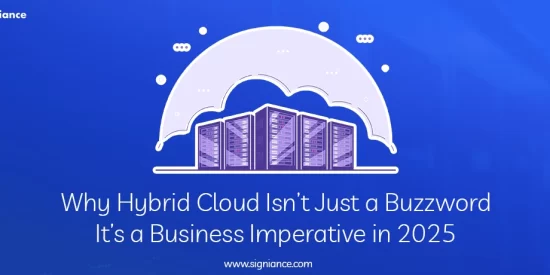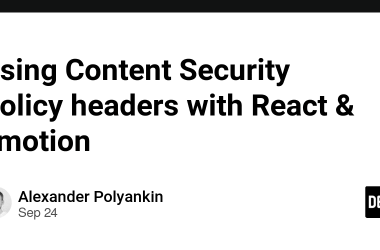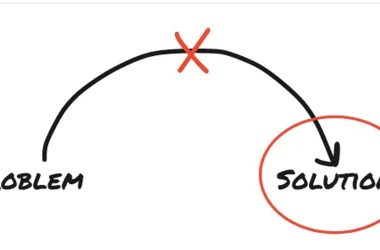In today’s fast-evolving tech landscape, companies no longer ask if they should move to the cloud; they ask how. And increasingly, the answer isn’t one cloud but a combination of many.
Welcome to the era of Hybrid Cloud Architecture, a strategy that combines the best of both private and public cloud environments to deliver flexibility, scalability, and security, all while aligning with unique business requirements.
But here’s the catch: many organizations still struggle to understand what “hybrid” truly means beyond marketing jargon. Let’s break it down and see why it’s more than just a trendy phrase, it’s a blueprint for the modern enterprise.
So, What Is Hybrid Cloud?
Hybrid cloud architecture merges on-premise infrastructure (or private cloud) with public cloud services (like AWS, Azure, or GCP). The goal? To create a seamless, scalable IT environment where applications and data can move fluidly and securely between platforms.
Unlike a purely public or private model, hybrid architecture gives you:
Control over sensitive data
On-demand scalability
Improved cost efficiency
Greater resilience and disaster recovery options
Sounds powerful? It is. But only when implemented with precision.
Why Enterprises Are Going Hybrid
Here’s a quick reality check: no single cloud provider fits all business scenarios. Regulations, latency, cost, legacy systems these force companies to look for custom cloud strategies.
Industries like healthcare, fintech, manufacturing, and retail are already leveraging hybrid clouds to:
Store sensitive customer data on private infrastructure
Run high-load applications on the public cloud
Seamlessly scale during seasonal or event-driven spikes
In other words, a hybrid isn’t just a “middle ground” solution. It’s a smart strategy for balancing innovation with compliance and control.
Key Components of a Solid Hybrid Cloud Architecture
Cloud Connectivity: You need seamless integration between your private and public environments.
Unified Management Tools: Control your entire infrastructure from one pane of glass.
Security & Compliance: Encryption, IAM, logging, and compliance controls should span all clouds.
Orchestration: Automate provisioning, scaling, and workload movement between clouds.
Observability: Logging, monitoring, and performance alerts must be centralized for visibility.
Challenges? Yes. But Solvable.
Hybrid sounds great on paper, but it’s not without pitfalls:
Data silos between platforms
Latency and performance issues
Security inconsistencies
Complex cost management
However, with the right architecture and DevOps practices in place, these challenges are not roadblocks; they’re just stepping stones. That’s why planning, governance, and expert guidance are critical in hybrid cloud journeys.
Hybrid Cloud in Action: Real Business Value
At Signiance, we’ve helped organizations deploy hybrid architectures that reduced latency by 40%, cut down infrastructure costs by 30%, and improved application resilience drastically.
One of our enterprise clients in the logistics sector used hybrid cloud to run analytics on the public cloud while keeping their customer database secured on-premise, achieving the best of both worlds.
Ready to Build a Cloud-Smart Future?
If you’re still debating between AWS, Azure, or a private setup, you might be asking the wrong question. In 2025, it’s no longer about choosing one platform it’s about designing a cloud ecosystem that supports your business mission, scale, and agility.
And a hybrid cloud might just be the answer.
Dive deeper into the technical details, architecture patterns, and decision-making frameworks that make hybrid cloud work.
Read our full blog here “Hybrid Cloud Architecture“





